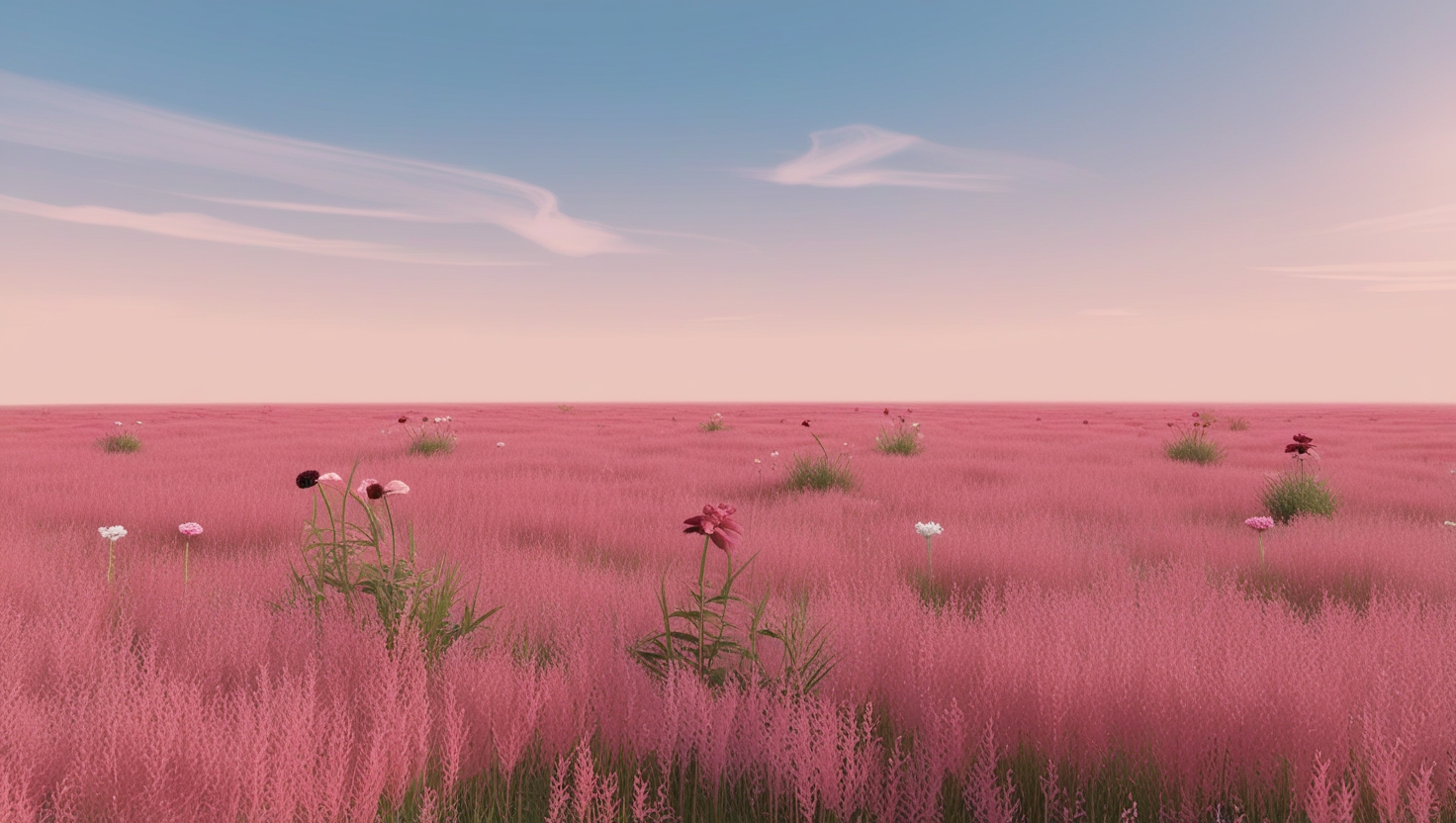In a world bursting with creativity, the way we share and protect our work is more crucial than ever. Enter Creative Commons licenses, a fascinating framework designed to give creators more control over how their work is used, shared, and attributed. As the digital landscape continues to evolve, understanding these licenses becomes imperative for anyone who engages with creative content—whether you’re an artist, educator, or just an avid consumer of digital media. This blog post aims to unravel the complexities of Creative Commons licenses, shedding light on how they empower creators while promoting collaboration and innovation.
What Are Creative Commons Licenses?
Creative Commons (CC) is a nonprofit organization that provides free, standardized licenses to help creators share their work legally. These licenses enable creators to specify the rights they want to reserve and the rights they wish to grant to the public. Unlike traditional copyright, which typically reserves all rights for the creator, CC licenses offer a flexible range of options that accommodate various sharing needs.
The Different Types of Creative Commons Licenses
Creative Commons licenses are categorized into six primary types, each with its own set of permissions and restrictions:
CC BY (Attribution): This license allows others to distribute, remix, adapt, and build upon the work, even for commercial purposes, as long as they credit the creator for the original creation. It’s the most flexible CC license in terms of what others can do with the works.
CC BY-SA (Attribution-ShareAlike): Similar to CC BY, this license allows others to remix and adapt the work, but they must license their new creations under identical terms. This license is often compared to open-source software licenses and is widely used in wiki projects.
CC BY-ND (Attribution-NoDerivs): This license allows others to use the work for any purpose, including commercial use, but it cannot be shared with others in adapted form. This is a good choice for creators who want to maintain control over how their work is presented.
CC BY-NC (Attribution-NonCommercial): This license lets others remix, adapt, and build upon the work non-commercially, and although new creations must acknowledge the creator, they don’t have to license their derivative works on the same terms.
CC BY-NC-SA (Attribution-NonCommercial-ShareAlike): This license allows others to remix, adapt, and build upon the work non-commercially, with the stipulation that they must license their new creations under identical terms.
CC BY-NC-ND (Attribution-NonCommercial-NoDerivs): This is the most restrictive CC license, allowing others to download the works and share them with others as long as they credit the creator, but they can’t change them in any way or use them commercially.
Benefits of Creative Commons Licenses
The beauty of Creative Commons licenses lies in their ability to foster creativity and collaboration while respecting the rights of creators. Here are some notable benefits:
Encouraging Sharing: CC licenses promote a culture of sharing. When creators understand the terms under which their work can be used, they are more likely to share it, knowing their rights are protected.
Facilitating Collaboration: These licenses encourage collaboration across various fields. For instance, educators can remix and adapt open educational resources (OER) to suit their teaching needs, enhancing the learning experience for students.
Increasing Visibility: Creators who use CC licenses often find their work reaches a wider audience. The more accessible a piece of content is, the more likely it is to be shared and reused, thereby increasing the creator’s visibility.
Navigating the Creative Commons Landscape
While Creative Commons licenses are designed to be user-friendly, navigating them can still be daunting for some. Here are a few tips for creators looking to license their work effectively:
Understand Your Goals: Before selecting a license, reflect on your intentions. Do you want to allow commercial use? Is attribution important to you? Clarifying your goals can guide you in choosing the right license.
Be Clear and Visible: Always include a link to the specific license you’re using. This clarity helps users understand their rights and obligations when engaging with your work.
Stay Informed: The digital landscape is ever-changing. Keeping up with trends and discussions around copyright and licensing can help you make informed decisions about your creative output.
Conclusion
Creative Commons licenses are more than just legal tools; they are gateways to a more collaborative and creative world. By demystifying these licenses, we empower creators to share their work freely while maintaining control over their rights. As we navigate the complexities of our digital age, understanding the role of Creative Commons will not only enhance our appreciation for the work of others but also inspire us to contribute to the vibrant tapestry of creativity that surrounds us. Whether you’re a creator or a consumer, embracing Creative Commons licenses can lead to a more enriching and engaging experience in the realm of creativity.








